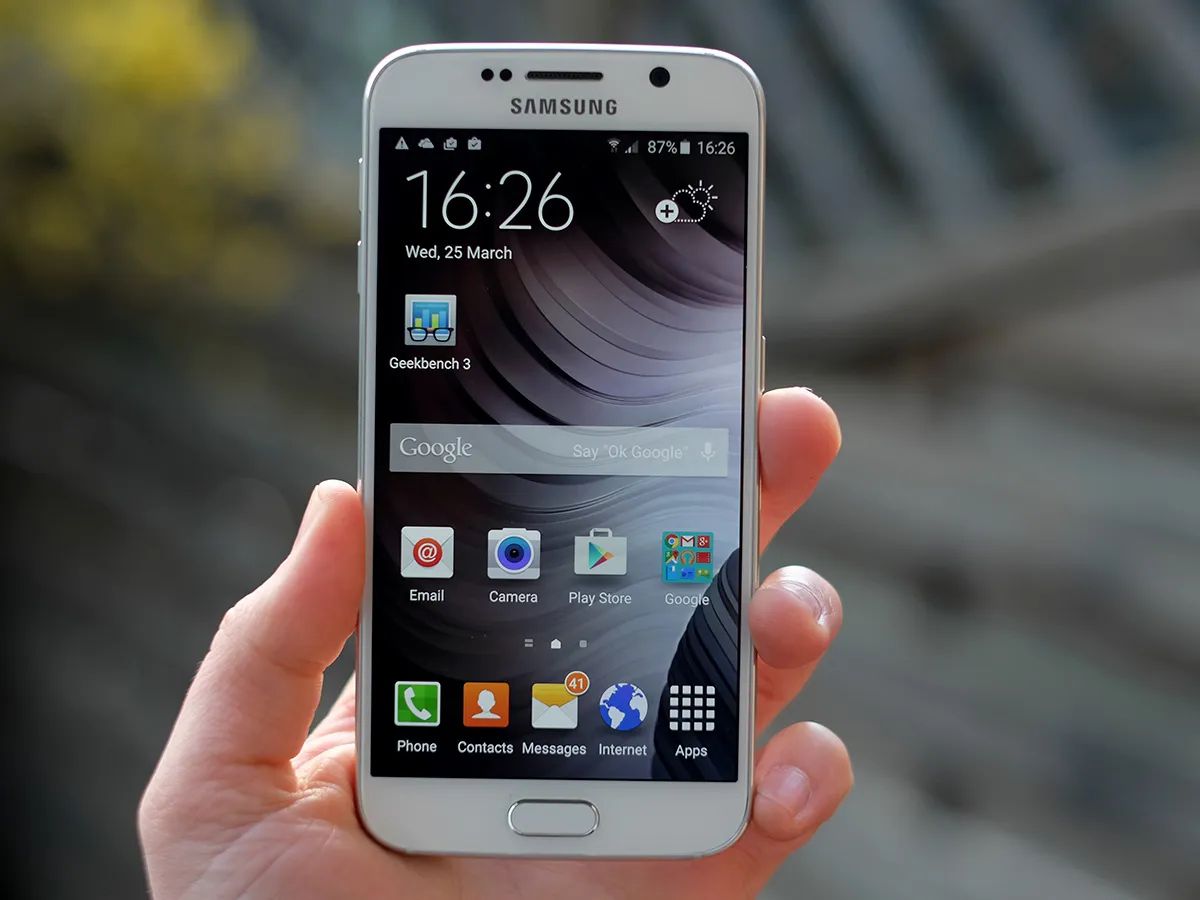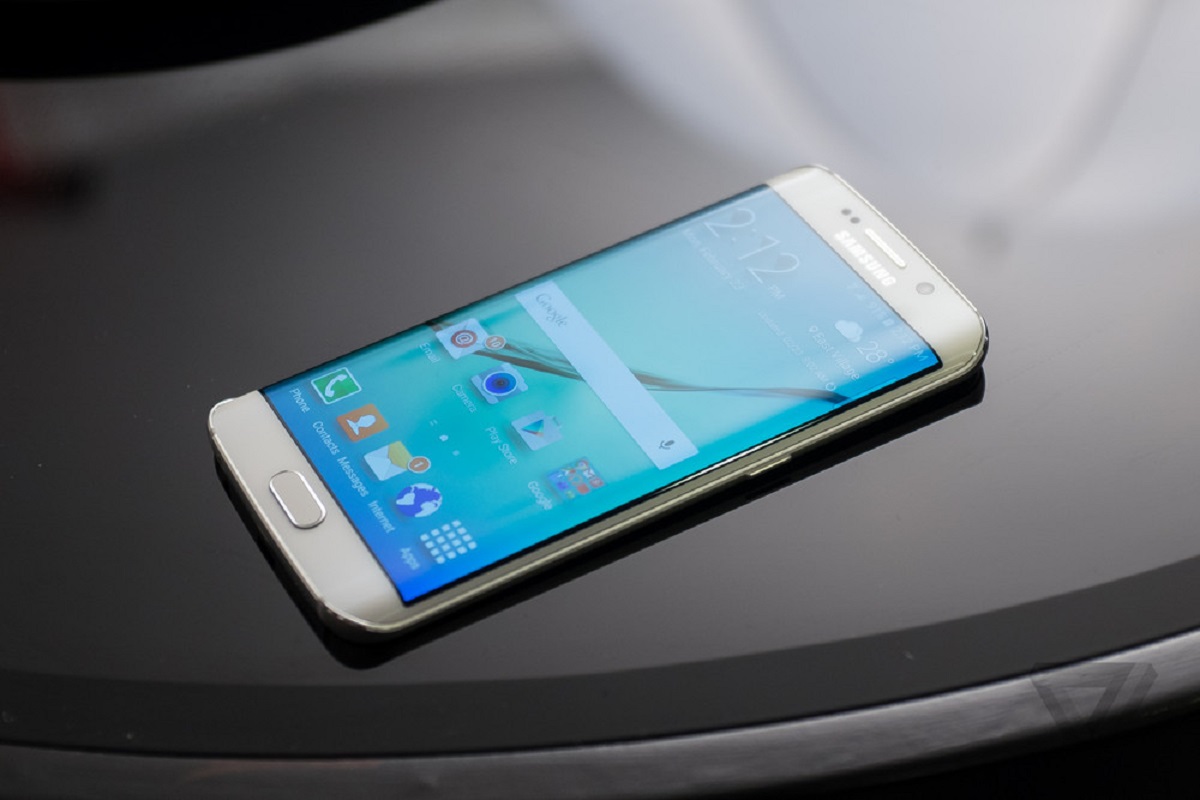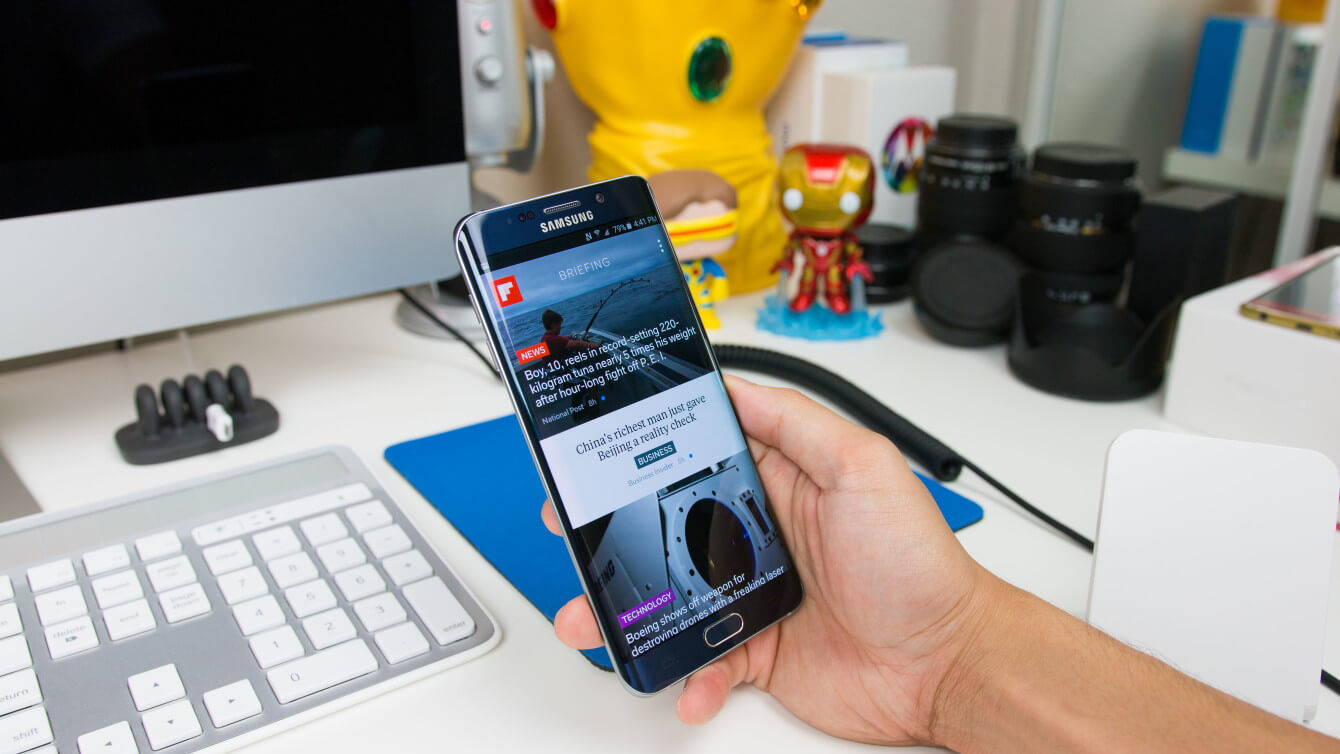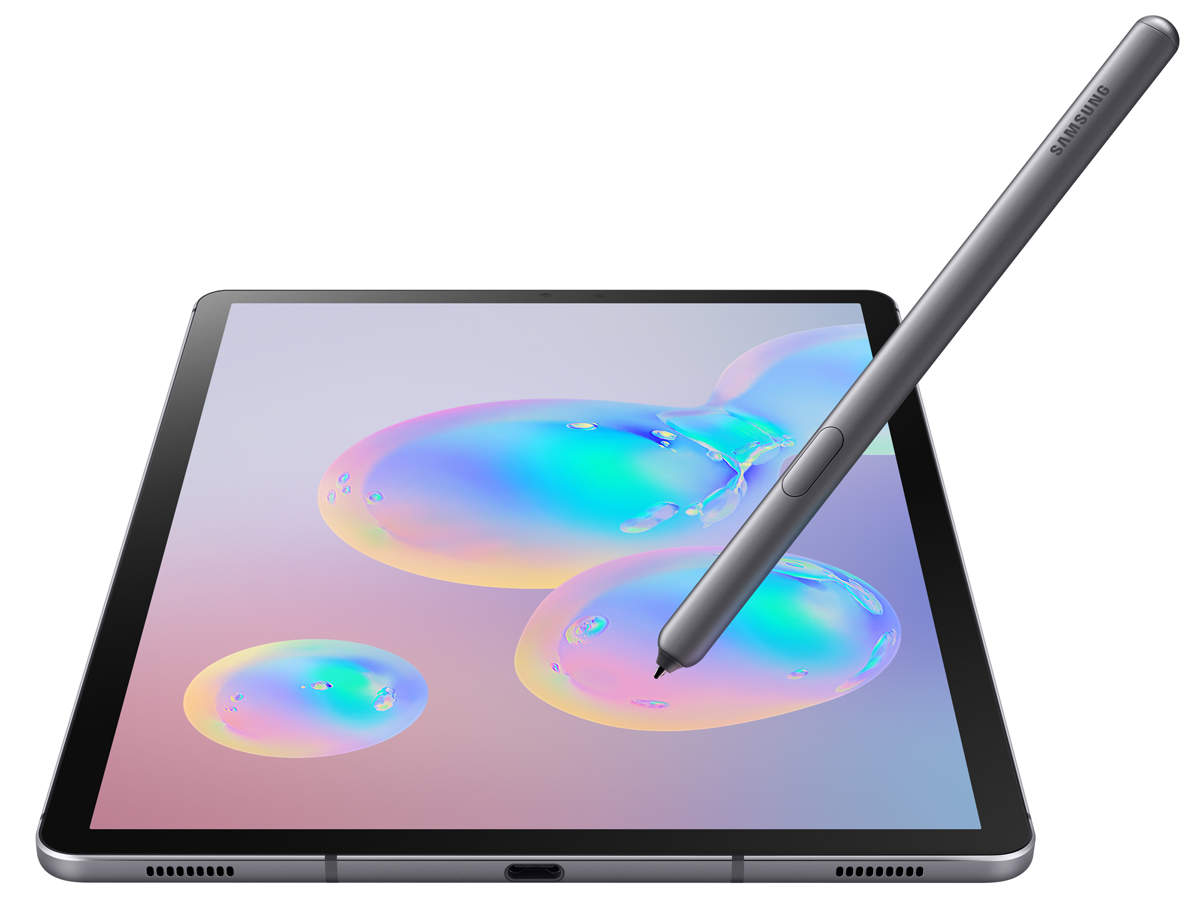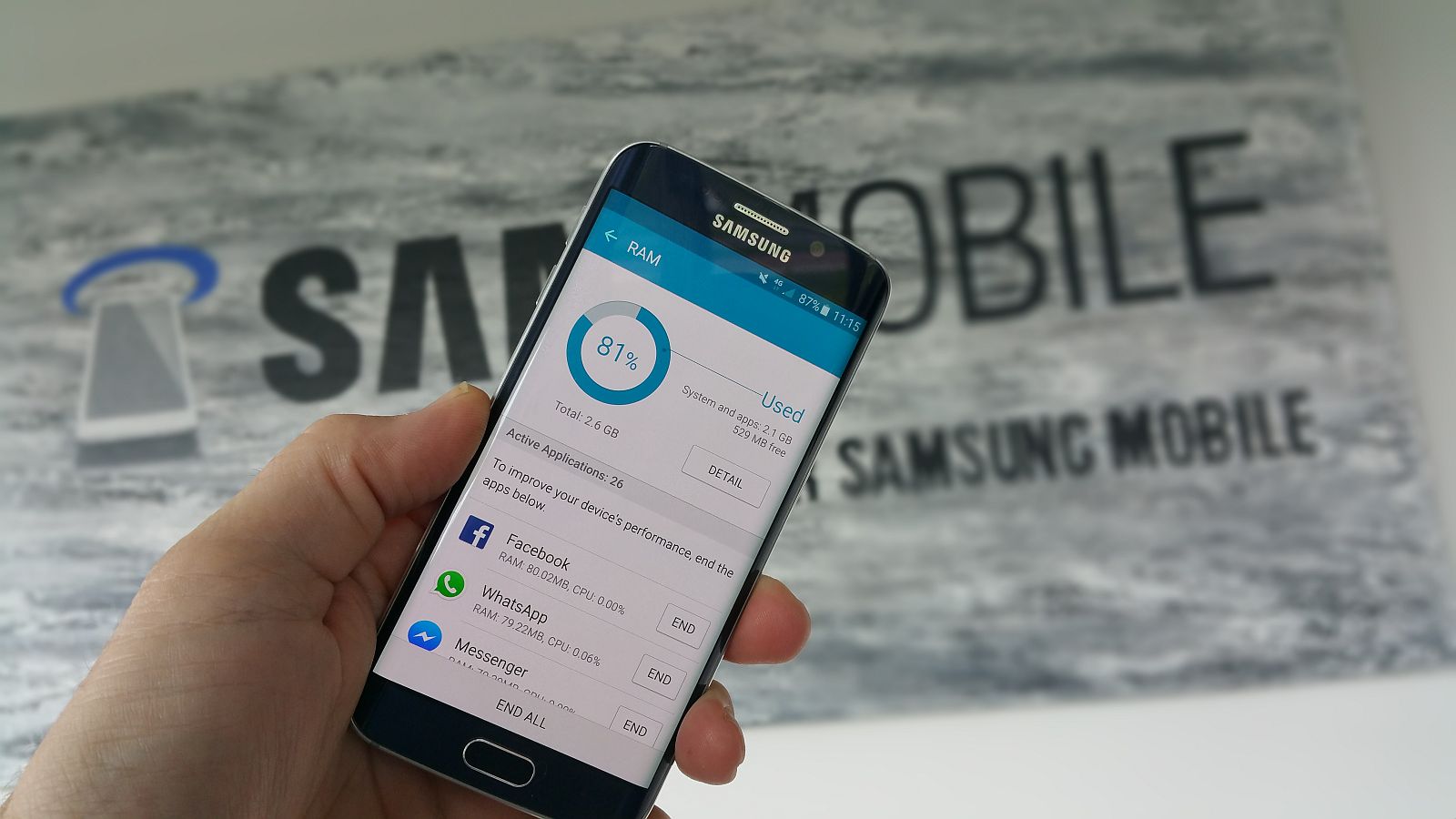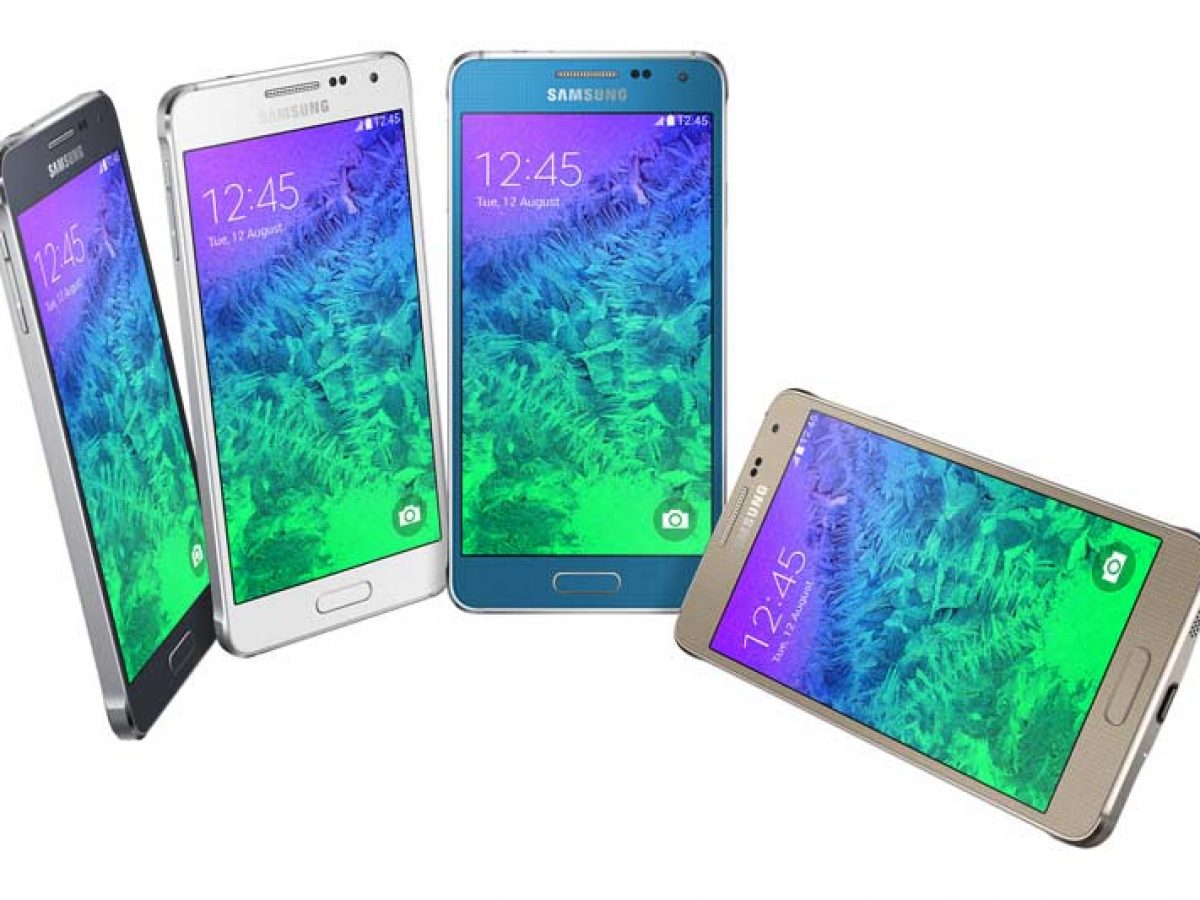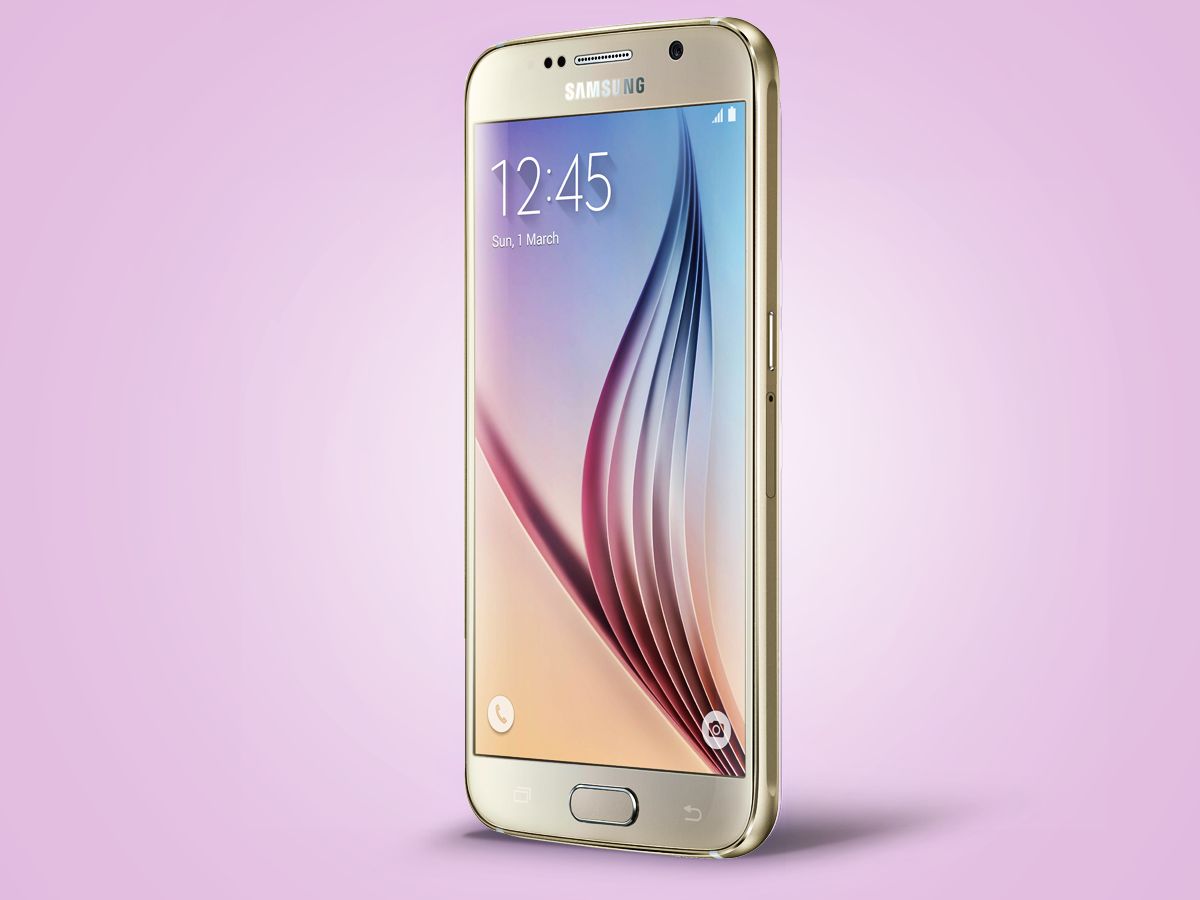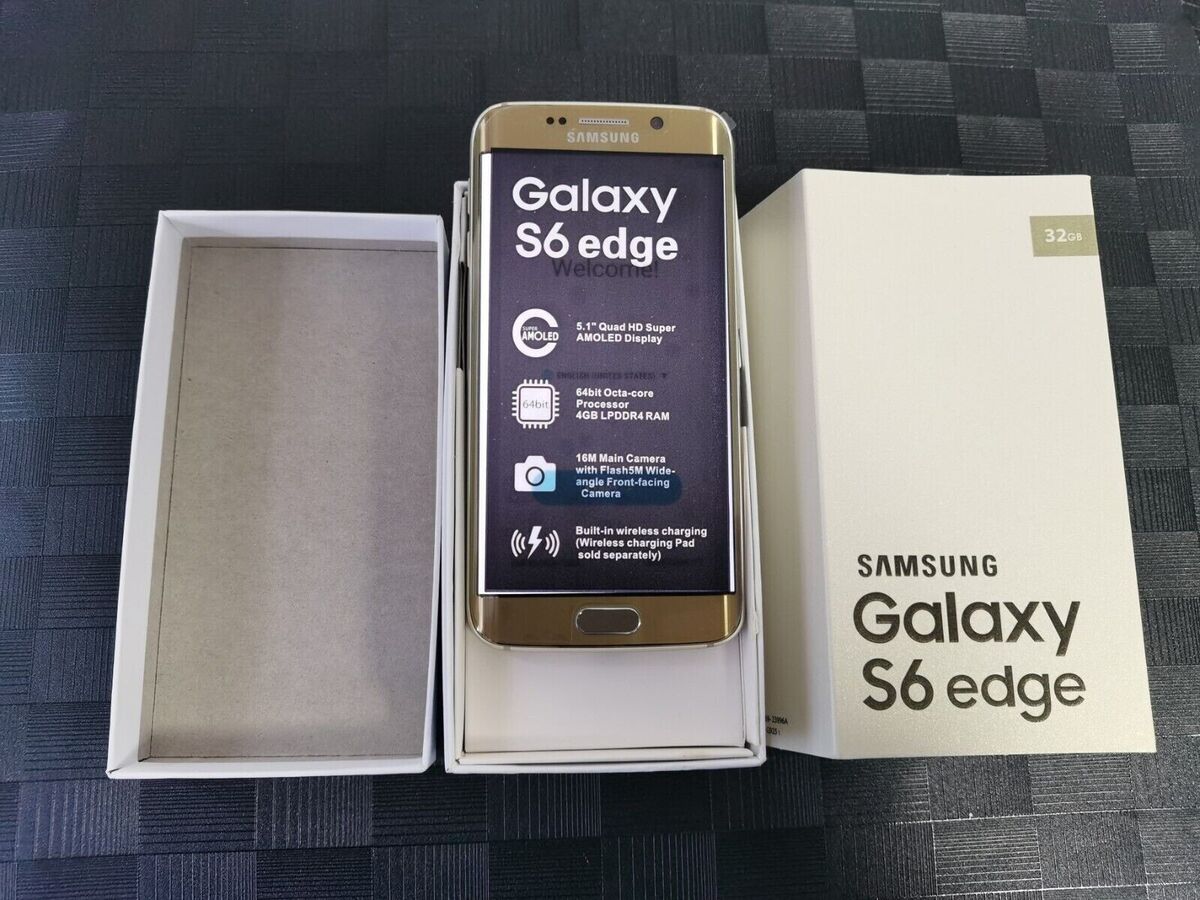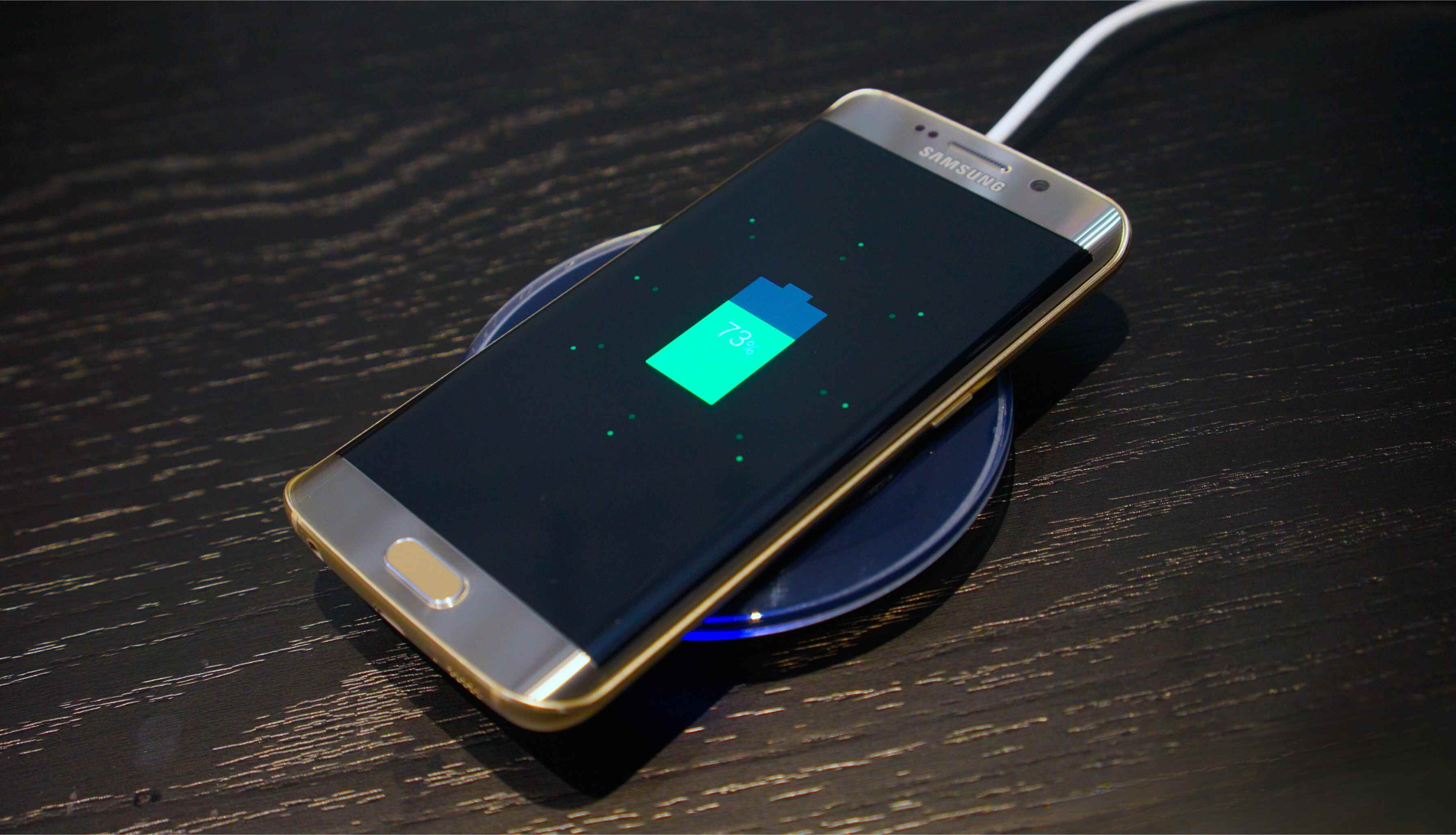Introduction
Are you tired of your Samsung Galaxy S6 slowing down and lagging? Don’t worry, you’re not alone. Many users experience this issue over time due to various reasons such as cache accumulation, unused apps, and other system-related factors. The good news is that there are several steps you can take to make your Samsung Galaxy S6 faster and restore its performance to its former glory.
In this article, we will guide you through some effective methods to optimize the speed and responsiveness of your Samsung Galaxy S6. These techniques are easy to implement and require no technical expertise. By following these steps, you can enjoy a smoother and faster experience while using your S6, allowing you to navigate through apps, browse the internet, and multitask effortlessly.
Before we dive into the specific solutions, it’s worth noting that improving the speed of your Samsung Galaxy S6 involves optimizing its software, removing unnecessary clutter, and managing various settings. With that in mind, let’s explore the different techniques that will help you enhance the performance of your Samsung Galaxy S6 and regain the smoothness you desire.
Clearing Cache and Data
One of the primary culprits behind a sluggish Samsung Galaxy S6 is the accumulation of cache files. These files are temporary data that apps store on your device to help them run faster. However, over time, these cache files can become bloated and take up valuable storage space, leading to a decrease in performance.
To alleviate this issue, you can start by clearing the cache and data of individual apps or all apps at once. Here’s how to do it:
- Go to the “Settings” menu on your Samsung Galaxy S6.
- Scroll down and select “Storage” or “Storage & USB.”
- Tap on “Cached data.”
- A prompt will appear asking if you want to clear the cache data. Confirm your selection.
Additionally, you can clear the cache and data of specific apps by following these steps:
- Go to the “Settings” menu and select “Applications.”
- Choose the app you want to clear the cache and data for.
- Tap on “Storage” and then select “Clear cache” or “Clear data.”
- Confirm your selection to clear the cache and data of the app.
By regularly clearing the cache and data of your Samsung Galaxy S6, you can free up storage space and improve the overall performance of your device. It’s recommended to perform this action every few weeks or whenever you notice a significant slowdown in performance.
Uninstall Unnecessary Apps
Over time, we tend to accumulate a plethora of apps on our Samsung Galaxy S6, many of which we no longer use. These unused apps can take up valuable space on your device and contribute to a decline in performance. By uninstalling unnecessary apps, you can free up storage and improve the speed of your Samsung Galaxy S6.
To uninstall apps from your device, follow these steps:
- Go to the “Settings” menu on your Samsung Galaxy S6.
- Tap on “Applications” or “Apps.”
- Select the app you want to uninstall.
- Tap on “Uninstall” or “Remove.”
- Confirm your selection to uninstall the app.
Remember, you can always reinstall apps later if you find a need for them again. By removing unnecessary apps, you not only declutter your device but also optimize its performance by eliminating background processes associated with those apps.
As you review the apps installed on your Samsung Galaxy S6, consider removing any pre-installed bloatware as well. Bloatware refers to the apps that come pre-loaded on your device by the manufacturer or your service provider. These apps can consume system resources, even if you don’t actively use them.
To remove bloatware apps, follow these steps:
- Go to the “Settings” menu and select “Applications” or “Apps.”
- Tap on the bloatware app you want to remove.
- Tap on “Disable” or “Uninstall.”
- Confirm your selection to disable or uninstall the app.
By uninstalling unnecessary apps and removing bloatware, you can streamline your Samsung Galaxy S6 and optimize its performance by freeing up storage space and system resources.
Disable Unused Features
The Samsung Galaxy S6 is packed with a multitude of features and functionalities, but not all of them might be necessary or actively used by every user. Disabling unused features can help improve the performance and speed of your device by reducing background processes and freeing up system resources.
To disable unused features on your Samsung Galaxy S6, follow these steps:
- Go to the “Settings” menu on your device.
- Select “Applications” or “Apps” and then choose “Application Manager.”
- Swipe left or right to switch between “Downloaded,” “Running,” or “All” applications.
- Find the feature or app you want to disable and tap on it.
- You will see the option to disable the feature. Tap on “Disable” to deactivate it.
Some common features that you may consider disabling include NFC (Near Field Communication), Bluetooth, GPS, and always-on display. By disabling these features when you don’t actively need them, you can conserve battery life and enhance the performance of your Samsung Galaxy S6.
In addition to disabling individual features, you can also customize certain settings to optimize performance. For example, you can adjust the screen timeout to a shorter duration, reduce the brightness level, or turn on power saving modes to conserve battery and limit background processes.
Remember to review and disable any unnecessary background syncing for apps. Apps that sync continuously in the background can consume system resources and slow down your device. To manage app syncing, go to the “Settings” menu, select “Accounts,” and choose the app you want to modify. From there, you can disable or adjust the syncing settings as needed.
By disabling unused features and customizing settings to suit your needs, you can optimize the performance of your Samsung Galaxy S6 and enjoy a faster and more efficient smartphone experience.
Manage Background Apps
Background apps are applications running in the background on your Samsung Galaxy S6, even when you’re not actively using them. These apps can consume valuable system resources such as CPU cycles and RAM, leading to a sluggish performance and reduced battery life.
To manage background apps on your Samsung Galaxy S6, follow these steps:
- Go to the “Settings” menu on your device.
- Tap on “Applications” or “Apps” and then select “Application Manager.”
- Swipe left or right to switch between “Downloaded,” “Running,” or “All” applications.
- Look for apps that you don’t need running in the background and tap on them.
- Tap on “Force stop” to completely stop the app from running in the background.
It’s important to note that force stopping certain apps may affect their functionality or prevent them from sending you notifications. Exercise caution when managing background apps and only stop those that you are confident won’t impact your daily smartphone usage.
Alternatively, you can use a task manager or a third-party app to help manage background processes. These apps provide more control over the apps running in the background and allow you to easily stop them or set them to sleep mode.
Another useful feature to manage background apps is the “Developer Options.” You can enable this option by going to the “Settings” menu, tapping on “About phone,” and then repeatedly tapping on the “Build number” until you see a message indicating that the developer options are enabled. Once enabled, you can access the developer options and customize settings related to background processes and app behavior.
By managing background apps and limiting their activity, you can optimize the performance and battery life of your Samsung Galaxy S6. Regularly monitoring and stopping unnecessary background processes will help ensure a smoother and more responsive experience while using your device.
Disable Animations
Animations can add visual flair to your Samsung Galaxy S6, but they can also contribute to a slower user experience. Disabling or reducing the animations on your device can help improve its overall speed and responsiveness.
To disable animations on your Samsung Galaxy S6, follow these steps:
- Go to the “Settings” menu on your device.
- Scroll down and select “About device” or “About phone.”
- Tap on “Software information” or “Software info.”
- Find the “Build number” and tap on it seven times to enable developer options.
- Go back to the main “Settings” menu and select “Developer options.”
- Look for the “Window animation scale,” “Transition animation scale,” and “Animator duration scale” options.
- Tap on each option and select “Animation off” or adjust to a lower value, such as 0.5x.
By reducing or disabling animations, your Samsung Galaxy S6 will not only feel faster but also conserve battery life. The transitions between screens and apps will be quicker and more efficient.
Alternatively, you can use third-party launcher apps available on the Google Play Store that provide enhanced customization options, including the ability to disable or adjust animations. These launcher apps offer more control over the appearance and behavior of your device’s user interface.
Keep in mind that completely disabling animations can make your device feel less visually appealing. It’s a personal preference, and you can experiment with different settings to find the right balance between performance and aesthetics.
It’s worth noting that disabling animations alone may not solve all performance issues on your Samsung Galaxy S6, but it can definitely contribute to a smoother user experience. Combined with other optimization techniques mentioned in this article, you can further enhance the speed and responsiveness of your device.
Delete Unused Files and Media
As time goes on, our Samsung Galaxy S6 can become cluttered with unused files and media, such as photos, videos, documents, and downloaded files. These can not only take up valuable storage space but also contribute to a slower performance.
To free up space and improve the speed of your Samsung Galaxy S6, it’s essential to regularly delete unused files and media. Here’s how you can do it:
- Open the “Gallery” or “Photos” app on your Samsung Galaxy S6.
- Browse through your media files and identify those that you no longer need.
- Select the files you want to delete by tapping on them.
- Tap on the “Delete” or “Remove” option.
- Confirm your selection to permanently delete the files.
You can also use file manager apps available on the Google Play Store to help you identify and delete unnecessary files. These apps provide a more comprehensive view of your device’s storage and allow you to easily delete files and folders.
In addition to media files, it’s important to go through other file directories on your Samsung Galaxy S6 and delete any unnecessary documents, downloads, or backups. This includes clearing the cache of apps like web browsers, social media apps, and streaming services.
Remember, before deleting any files or media, make sure to back up important data to an external storage device or cloud service. This ensures that you don’t lose any valuable information or memories accidentally.
By regularly deleting unused files and media, you can reclaim storage space on your Samsung Galaxy S6 and optimize its performance. This will not only contribute to a faster device but also give you peace of mind knowing that you have a clean and organized storage system.
Update Software and Apps
Keeping your Samsung Galaxy S6’s software and apps up to date is crucial for maintaining optimal performance and security. Software updates often include bug fixes, performance improvements, and new features that can enhance the overall functionality of your device.
To update the software on your Samsung Galaxy S6, follow these steps:
- Go to the “Settings” menu on your device.
- Scroll down and select “About device” or “About phone.”
- Tap on “Software update” or “System updates.”
- Click on “Check for updates.”
- If an update is available, follow the prompts to download and install it.
It’s recommended to connect your device to a stable Wi-Fi network and ensure that your battery is sufficiently charged before initiating a software update.
Similarly, it’s important to regularly update your apps from the Google Play Store or the Galaxy Store. App updates not only bring new features and improvements but also often include crucial security patches that protect your device from vulnerabilities.
To update your apps on your Samsung Galaxy S6, follow these steps:
- Open the Google Play Store or the Galaxy Store app.
- Tap on the three horizontal lines or “hamburger” icon in the top-left corner to open the menu.
- Select “My apps & games” or “Updates.”
- You will see a list of apps that have updates available. Tap on “Update all” to update all apps at once, or individually tap on the apps you want to update.
By ensuring that your software and apps are up to date, you can enjoy the latest features, improvements, and security enhancements on your Samsung Galaxy S6. Regularly checking for updates and installing them as they become available helps keep your device running smoothly and securely.
Use Lite Versions of Apps
If you find that certain apps are consuming too much storage space or slowing down your Samsung Galaxy S6, consider using lite versions of those apps. Lite versions are designed to be more lightweight and streamlined, offering essential functionalities while occupying less space and requiring fewer system resources.
Lite versions of popular apps are becoming increasingly available on the Google Play Store. These versions are specifically designed for devices with limited storage or lower processing power. Using lite versions can help improve the overall performance and speed of your Samsung Galaxy S6.
To find lite versions of apps, follow these steps:
- Open the Google Play Store on your Samsung Galaxy S6.
- In the search bar, type in the name of the app you want to find the lite version for.
- After entering the app’s name, add the term “lite” or search for “lite apps” to discover a list of available lite versions.
- Select the lite version of the app you want to use and download it as you would with any other app.
Lite versions of apps typically have a smaller footprint, use less RAM, and consume fewer data resources. This translates to faster load times, smoother performance, and reduced strain on your device’s hardware.
Another option to consider is using progressive web apps (PWAs) instead of installing full-fledged apps. PWAs are web-based applications that you can access through your device’s web browser. They are designed to offer similar functionalities as native apps while using fewer system resources.
To add a PWA to your Samsung Galaxy S6, follow these steps:
- Open your device’s web browser.
- Navigate to the website of the PWA you want to use.
- Go to the browser’s settings and look for the option to “Add to Home screen” or “Install as an app.”
- Follow the prompts to add the PWA to your home screen.
By using lite versions of apps or utilizing progressive web apps, you can enjoy the essential features of your favorite apps without compromising the performance and storage capacity of your Samsung Galaxy S6.
Restart the Phone Regularly
Restarting your Samsung Galaxy S6 on a regular basis is a simple yet effective way to optimize its performance and resolve any temporary software glitches or memory leaks. When you restart your device, it clears the device’s cache, closes background processes, and resets the system, allowing it to start fresh and run more smoothly.
There are a few scenarios in which restarting your Samsung Galaxy S6 is recommended:
- After installing system updates: When you install software updates on your device, it’s a good practice to restart it to ensure the changes take effect properly.
- When experiencing slow performance: If you notice that your device is becoming sluggish or unresponsive, a simple restart can help free up system resources and improve its speed.
- When encountering app crashes or freezes: If an app on your Samsung Galaxy S6 is behaving unexpectedly or freezing, restarting the device can often resolve the issue by closing the problematic app and clearing its cached data.
- Periodically as part of maintenance: Restarting your device every once in a while, such as once a week or every few days, can help maintain optimal performance and prevent any potential software glitches from accumulating.
To restart your Samsung Galaxy S6, follow these steps:
- Press and hold the power button located on the side or top of your device.
- From the options that appear on the screen, select “Restart” or “Reboot.”
- Wait for your device to shut down and restart. This process may take a few moments.
After the restart, you should notice an improvement in the performance and responsiveness of your Samsung Galaxy S6. It’s a quick and simple solution that can help maintain the smooth functioning of your device.
By restarting your Samsung Galaxy S6 regularly, you can ensure that it runs smoothly, resolves any temporary issues, and delivers an optimized user experience. Consider making it a part of your device maintenance routine for consistent performance and reliability.
Conclusion
In conclusion, if you want to make your Samsung Galaxy S6 faster and improve its overall performance, there are several steps you can take. By implementing the strategies outlined in this article, you can optimize your device and enjoy a smoother and more responsive user experience.
Clearing cache and data, uninstalling unnecessary apps, disabling unused features, managing background apps, disabling animations, and deleting unused files and media are all effective ways to free up storage, reduce system resource consumption, and enhance the speed of your Samsung Galaxy S6. Additionally, keeping your software and apps up to date and utilizing lite versions or progressive web apps can further optimize performance without sacrificing functionality.
Lastly, don’t forget to restart your device regularly as part of your maintenance routine. Restarting helps eliminate temporary software glitches and refreshes the system, leading to improved performance and responsiveness.
By implementing these techniques and maintaining good device hygiene, you can ensure that your Samsung Galaxy S6 operates at its full potential. Enjoy a faster, smoother, and more enjoyable smartphone experience with your optimized device.







